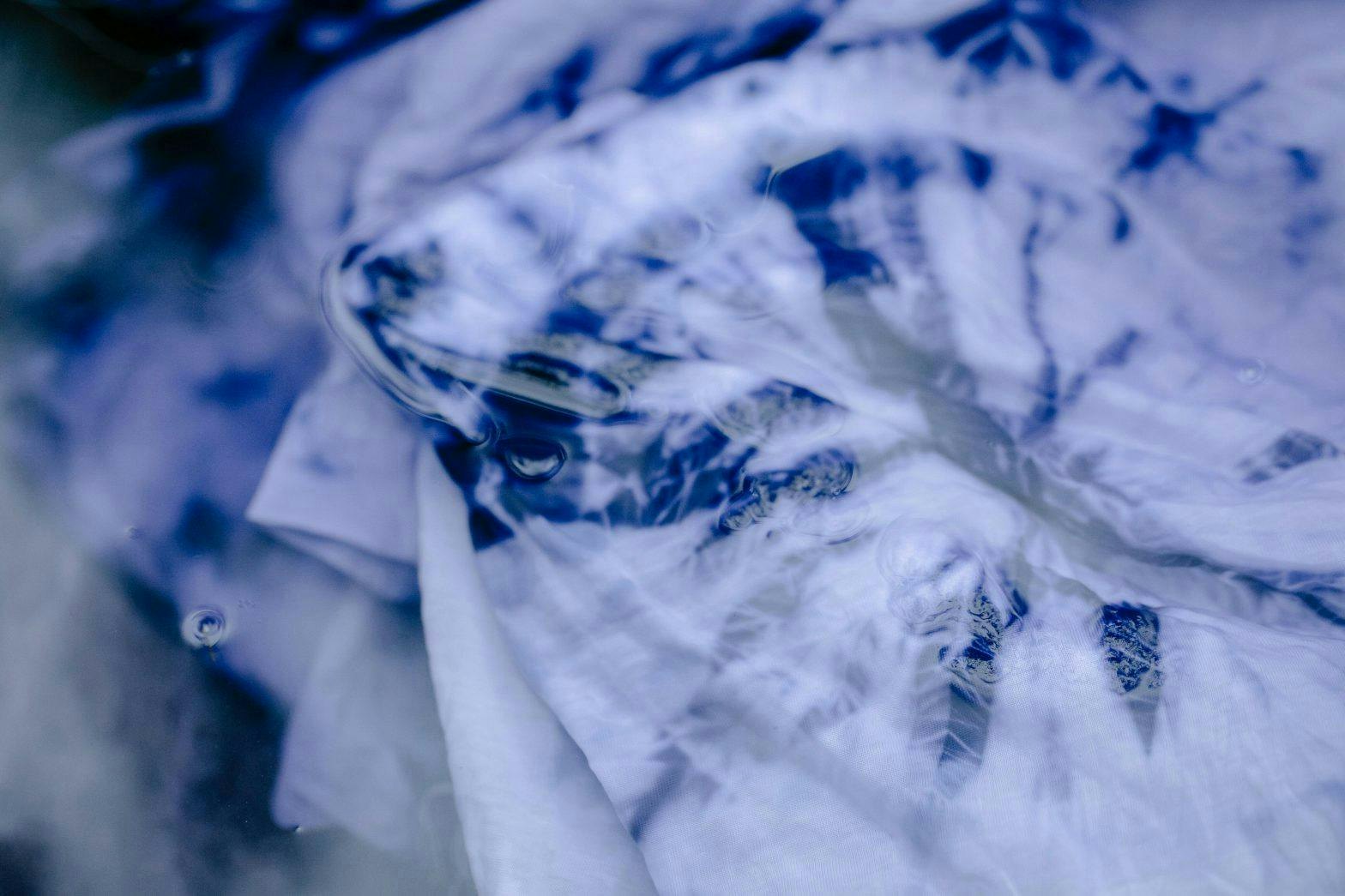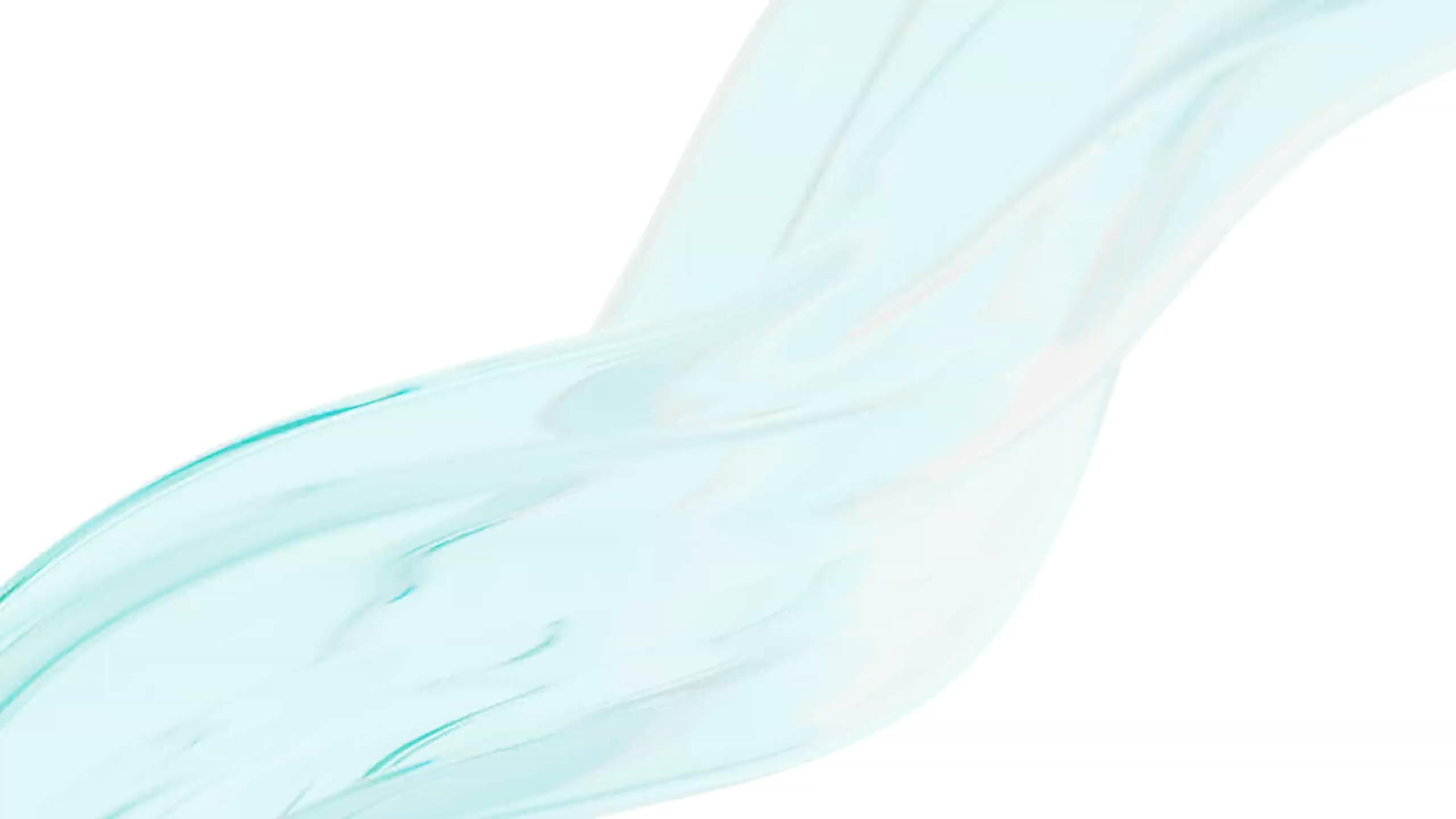
How to tie-dye your clothes in an eco-friendly way
We all have simple white t-shirts that we never wear. Have you asked yourself why? Is it simply that it needs a little added colour to be one of your favourite pieces of clothing?
Then we have a simple solution for you. Why not take some time this summer to tie-dye all of the white tops you haven’t worn in a while or are bored with? However, tie-dye packs can often have a lot of chemicals, which will end up polluting the waterways.
Fear not, there are other ways to tie-dye your clothes, as simply as with some vegetables or fruits. Here are five ways you can dye your clothes naturally, for an eco-friendly refresh of your clothes.
P.S. Before starting the below steps for colour, pre-treat your cotton by washing it thoroughly in the washing machine and subsequently dipping it in soya milk, a substance that fixes your colour to the fabric, for 12 hours. Scrunch your fabric and wrap it in a cloth to make sure it keeps its shape while dyeing.
1. Pomegranate skins for yellow
Yellow is a perfect colour for summer and it’s easy to get with pomegranate skins. To get this colour, soak your pomegranate skins in hot water overnight. To get an idea of how much pomegranate skin you should soak, weigh your t-shirt. There should be the same weight of pomegranate skin as fabric.
The next day, simmer the skin in water for an additional hour. Once this is done, let the water cool down, strain the skin and keep the liquid. Add your wet t-shirt to the liquid and make it simmer for an hour. Let the fibre cool in the dye bath. Afterwards, you can rinse and air dry your ‘new’ yellow clothes.
2. Red onion skins for pink
To get pink, soak red onion skins in hot water overnight. Use more or less red onion skin to get a more or less intense pink colour.
The next day, simmer the skin in water for an additional hour. Once this is done, let the water cool down, strain the skin and keep the liquid. Add your wet t-shirt to the liquid and make it simmer for an hour. Let the fibre cool in the dye bath. Afterwards, time to rinse and air dry your pink clothing.
3. Avocado skins for peach
For a peach colour, use Avocado skins. Soak the skins in hot water for a night. Use up to 10 avocado skins or fewer depending on how strong you want your peach to be. You can also add the stones and the pits.
The next day, simmer the skin in water for an additional hour. Once this is done, let the water cool down, strain the skin and keep the liquid. Add your wet t-shirt to the dye bath and make it simmer for an hour. Let the fibre cool in the liquid. To finish, rinse and air dry your peach coloured clothing.
4. Purple Cabbage for purple
Purple cabbage will give you a purple colour. To get this, buy cabbage and dice it into very small pieces. Cover the cabbage with water and add about half a teaspoon of salt. Simmer for about thirty minutes to get as much colour as you can from the cabbage.
Once this is done, let the water cool down, strain the cabbage to extract any remaining colour and keep the liquid. Add your wet t-shirt to the dye bath for 24 hours. To finish, rinse and air dry your dyed items.
5. Tea for brown
Last natural way to dye your clothes? A simple brown with tea bags. Remove the tea bags from their packaging and cut off the strings. Use black tea for a deeper colour. You will need enough water to cover your clothes and one teabag per cup of water.
Boil the tea in a large pot of water with salt in it. Get the water to a boil, remove the pot from the heat and place the tea bags inside. Let them soak in the water until the colour comes out of the tea, which would be at least 15 minutes. Remove the tea bags and add your wet t-shirt to the dye bath. Let the fibre sit in the liquid until the colour looks good to you. To finish, rinse your fabric and air dry it.
And that’s it! We hope you had fun dyeing your clothes naturally, and don’t hesitate to send us your results. You could even tie-dye your wedding guest dress! Check out our last blog to seehow you can be a sustainable wedding guest.





